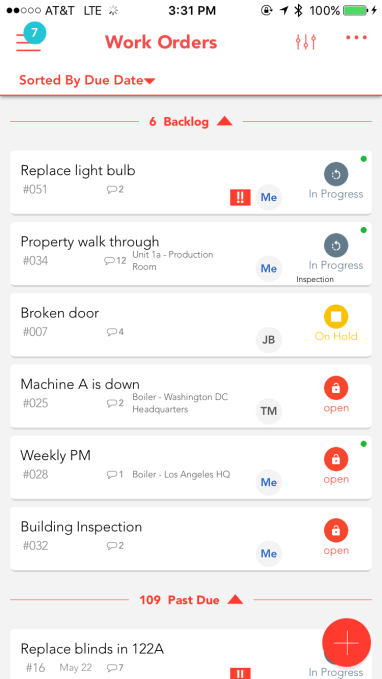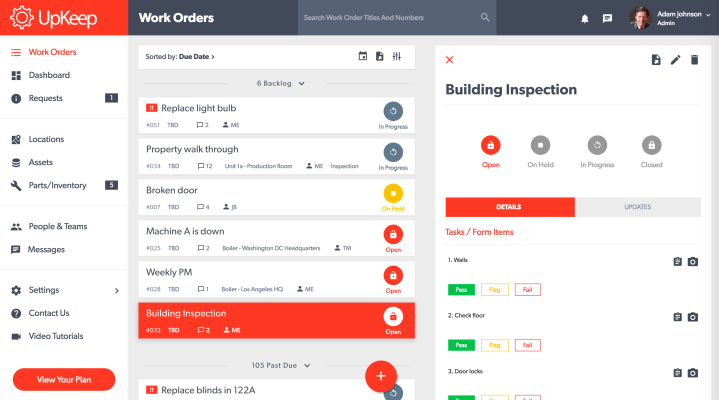As a process development engineer, Ryan Chan was used to trying to make incremental improvements to the development process in manufacturing. Those changes would improve efficiency by around one to three percent, which would net hundreds of thousands of dollars, but Chan wanted to figure out how to get things moving even more efficiently.
So he left, and he became an iOS engineer. That led him to eventually build UpKeep, a tool for managing work orders in manufacturing on mobile devices that looks to speed up the flow of submitting work orders to managers and then getting them done. The company is coming out of Y Combinator’s winter class this year.
“The idea behind it is the managers is that they want to be able to see what their technicians are doing,” Chan said. “They want to get reports, want to see who’s doing what, when are all the previous maintenance schedules getting completed. Before in the old system they were putting it in, but it had much less info because the technicians were reluctant to use it. We’re building at tool for technicians, for the end user.”
UpKeep’s discovery story was an interesting one. A welder discovered UpKeep in the App Store after getting frustrated with the work order process, and the app quickly spread throughout the whole facility. That then went from one facility to another, Chan said, and then the bottom-up approach that’s often worked with other startups kicked in. UpKeep now has 240 paying customers after moving away from a free app, where it charges around $25 per user for its starter plans.
An employee at an industrial facility can take a photo of a piece of equipment that’s breaking down, and then submits a work request. Then that goes to the technology and maintenance managers, which now have a consolidated place where all the requests come in. That can help then figure out what to prioritize and delegate and provides an overview of everything that needs to be done in order to keep things in working order.

UpKeep’s biggest selling point, then, is reducing the amount of time it takes for something to break down or need maintenance and it getting fixed, Chan said. By giving managers a way to prioritize and get work orders out quickly — even on their phones — it means that communication happens more in real time. That’s compared to desktop tools that are already in place and are quite clunky from the larger companies like SAP or IBM, he said.
For now, everything is based on eyeballing, heuristics and the experience of the employees that are used to inspecting equipment. Eventually, however, Chan wants to work with companies to tap into sensors in order to find problems before they get out of hand. That would give technicians the ability to set up work orders for inspection and keep things running smoothly without having to wait until something goes wrong.
There are other services gunning for the same space like Fiix, which has a mobile tool for managing work orders, and software like eMaint. There are also of course the major companies in the space that could build a more simple solution for companies like the ones UpKeep has. But Chan said that the hope is that building the tool for technicians and employees first — and not just trying to sell to upper management — as well as dealing with the problem himself will give the app the edge over those.
